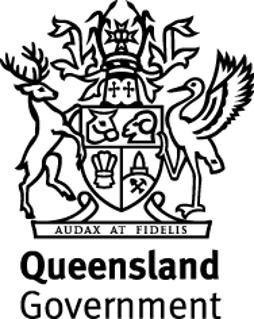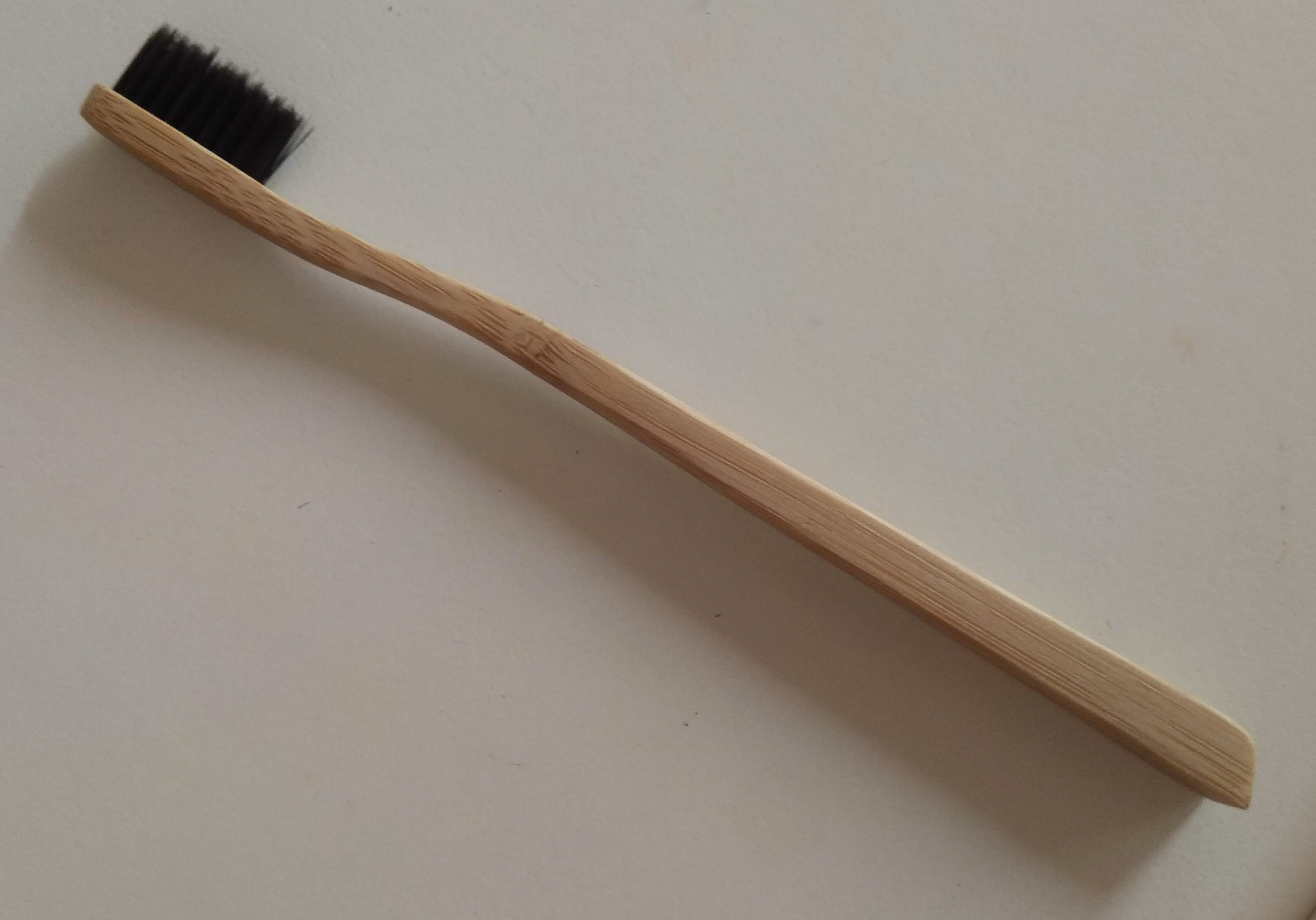|
|
Reduced waste and alternative productsThe best way we can reduce the amount of waste is to follow the five R’s:
Waste is not only harmful and costly—it is also a lost economic opportunity. Recovering and reusing valuable materials reduces the demand for new materials and the fossil fuels needed to produce them. It can also build new industries and markets and create new jobs. This is known as a circular economy.
Quick facts
RecycleThe easiest place to start good recycling habits is at home. Separating recyclable waste and using your recycling bin is a great way to recycle household items. Items usually allowed in council recycling bins include: Using your recycle wheelie bin is a great way to recycle household waste products. These bins are normally provided by your council and what can be recycled may vary between Councils. Items usually allowed in them include:
Many councils provide separate bins for green waste, which is turned into compost and used in green spaces and agriculture. Replace plastic itemsPlastic is one of the most pervasive waste items on land and in the ocean. In Queensland, single-use plastics have begun to be phased out since 2021. Bioplastics are often promoted as a viable alternative. But unless conditions are ideal, such as in a commercial composting environment, bioplastics can take as long to break down in the environment as petroleum-based plastic. Plastics Management IndexThe Plastics Management Index (an initiative of Back to Blue), evaluates the effective management and sustainable use of plastic, for a selection of 25 countries. The Plastics Management Index covers the capacity of each country's to manage plastic over the entire lifecyle of plastic products, minimise mismanagement of plastics, and the optimal production of plastics. Plant-based plasticsPlant-based plastics are made from a variety of sources such as polylactic acid (PLA) from corn waste. PLA is more sustainable than fossil fuels and can be used to make drinks bottles, food containers and film. Mushroom root packagingMushroom root (mycelium) has been used for various products, such as vegetarian meat alternative and clothing. It can also be mixed with agricultural waste to ‘grow’ packaging. Some companies are using mycelium foam as a replacement for polystyrene foam. Bagasse packagingBagasse is a by-product of sugarcane processing, which can be easily moulded into packaging for food service. The product is similar to polystyrene, except it is biodegradable, compostable and more sustainable to produce. Light sticks in longline fishingSingle-use light sticks are used to attract fish in the longline fishing industry, but they can be ingested by the endangered albatross and other seabirds. Researchers are trying to develop reusable LED lights for longline fisheries. Also being investigated are ‘hookpods’ that protect the hooks from sea birds during longline fishing. Longline fishers are already required to use bird-scaring devices when setting their lines—in one South African fishery this resulted in a 40 percent decline in injured birds.[2] Seaweed water bubblesEdible bubbles, made from seaweed, are an alternative to plastic water bottles. Stone paper and plasticStone paper is made from calcium carbonate. It is printable, recyclable and waterproof, and uses less water and energy to produce than regular paper. Stone paper has possible packaging applications, such as food packaging, paper bags, takeaway food cartons, greaseproof paper and zip-sealed bags. Palm leavesPalm leaves can be used to make packaging for food, such as fresh fruit, vegetables and nuts, and soap. The Areca Palm is ideal for this as its leaves fall naturally and can be collected and moulded. The leaves are a natural waste product and the final packaging product is biodegradable. Edible six-pack ringSome breweries are using material that is biodegradable, compostable and edible by marine life for their six-pack beverage container rings. The rings are made from barley and wheat remnants, a by-product of the brewing process. Wood pulp cellophaneThis product is like cellophane, except biodegradable. It is semi-permeable and can be used in packaging:
Prawn shell plastic bagsScientists are developing plastic alternatives from unlikely things. One is chitosan, made from prawn and crab shells—usually a waste product. Not yet commercialised, it could potentially be used as a package for food and drinks. Milk plasticCasein – the protein found in milk – has been used to make plastic for over a century, but it has largely been replaced by the more hard-wearing, long-lasting petrochemical variety. Technology has been developed that combines the protein with clay and a reactive molecule (glyceraldehyde) which make the plastic much stronger, but still biodegradable. Milk plastic could be used for the detergent industry (e.g. dishwasher pods) as well as the food and beverage industry, pharmaceuticals and agrochemicals. High-performance plastic made from renewable oils is chemically recyclable by design“Stark images of plastic mounting up in landfill sites and oceans has prompted a reconsideration of its use. Not only does plastic production consume depleting crude-oil resources, but most plastics are not effectively recycled and are environmental pollutants. There are many types of plastic, but all contain polymers. Solving the plastics problem will require many different approaches, but, fundamentally, the polymer chemistry of plastics must be redesigned to improve their sustainability1. Key targets are to diversify the raw materials used to make plastics beyond fossil fuels; to conserve the embedded energy and valuable resources in their structures; to fully maintain their useful properties through multiple recycling loops; and to design plastics whose molecular structure can be completely disassembled when necessary, report a plastic that has the potential to meet all of these criteria…..The authors developed high-yielding chemistry (greater than 95% reaction yields) for transforming oils derived from plants or microalgae into polymers with high molecular weights.”[3][1] Plastic alternatives in farming and gardeningAlternatives to plastic are increasingly being used in farming and gardening practices. Rolls of brown paper, or biodegradable mulch film, can be used instead of plastic for covering soil and crops. Products such as fertiliser can be stored in bulk in woven polypropylene bags, which are made from recycled plastic, making them multi-use. Biodegradable plant pots and trays can eventually break down and become part of the soil, reducing single use plastic in gardening and seed raising. For more information on plastic alternatives in farming, see How farmers can give agricultural plastic waste the flick (nswfarmers.org.au) References
Last updated: 23 April 2025 This page should be cited as: Department of Environment, Science and Innovation, Queensland (2025) Reduced waste and alternative products, WetlandInfo website, accessed 8 May 2025. Available at: https://wetlandinfo.des.qld.gov.au/wetlands/management/pressures/litter-illegal-dumping/management-interventions/recycling-alt.html |

 — Department of the Environment, Tourism, Science and Innovation
— Department of the Environment, Tourism, Science and Innovation


